Progesterone is required for all women who want to become pregnant in order for their wombs to prepare for pregnancy. Natural conception is nothing short of a miracle. Everything, from hormones to glands, must be in sync for a good pregnancy. When it doesn’t happen, individuals struggle to get pregnant or resort to IVF (In-vitro Fertilization).
Progesterone balance is one of several such aspects that must be considered before and throughout pregnancy. Progesterone, sometimes known as “the pregnancy hormone,” is needed either before or throughout pregnancy.
When it comes to fertility, it aids in the preparation of the womb for pregnancy. Following ovulation, the ovaries begin to create progesterone, which the uterus requires. Progesterone causes the uterine lining to thicken. The ultimate objective is to have a thick lining that contributes to the creation of an optimal, supportive environment in the uterus for a fertilized fetus.
Once you’ve successfully conceived, a steady dose of progesterone aids in the development of the fetus throughout the pregnancy. Progesterone is essential even throughout an IVF (In-vitro Fertilization) cycle to assist good embryo attachment in the womb and to protect against pregnancy loss.
Progesterone, therefore, plays an important part in everything from embryo implantation in the uterus to providing a supportive environment for the developing baby. And this is why it should worry you if you want to establish a family. Although if you don’t want to reduce weight or get rid of PMS, you need a steady supply of progesterone.
Here are all the Top 10 Foods for Women to Increase Progesterone Levels.
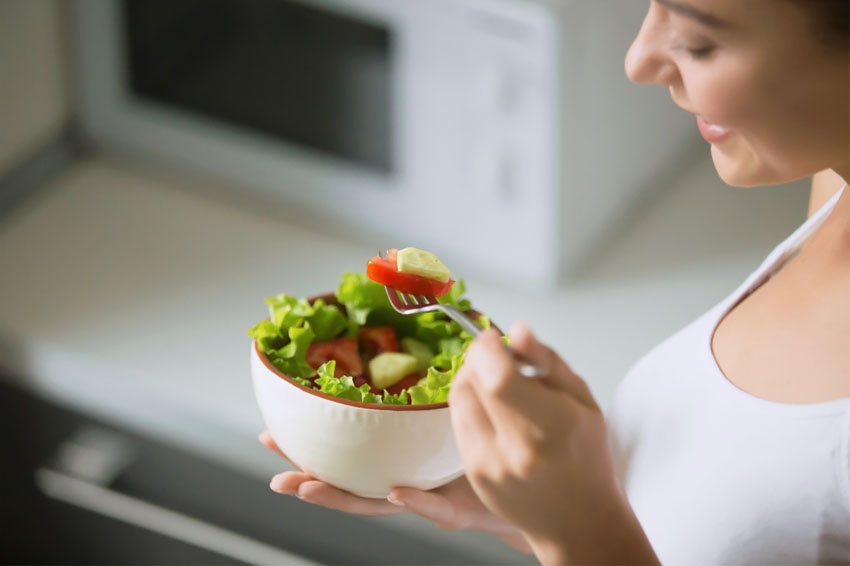
Foods That Increase Progesterone Levels
1. Banana
It contains magnesium, which aids in the formation of the progesterone hormone. Magnesium is also known to influence the pituitary gland, which in turn inhibits hormone synthesis, which in turn controls progesterone development.
2. Okra (Ladies Finger)
Okra, also known as Lady Finger or Bhindi, is high in magnesium and zinc, both of which are necessary for progesterone hormone balance. Magnesium is necessary for good ovulation because, without it, your body produces less progesterone than usual.
3. Pumpkin Seeds
It contains zinc, which even the body needs to metabolize available progesterone. Zinc boosts Follicle Stimulating Hormone (FSH), which promotes healthy ovulation and causes the ovaries to release progesterone.
In addition, it has been demonstrated to be beneficial to sperm motility and health in males.
4. Walnuts
It contains selenium, which has the ability to boost progesterone levels in the body.
5. Almonds
Almonds are the essence of vitamin E. Vitamin E acts as a progesterone sparing agent, protecting progesterone from the toxic effects of estrogen. It basically counteracts the negative effects of estrogen.
Also read: Benefits of Soaking Nuts, Seeds & Grains
6. Oats
Oats are another food that might help you get more progesterone. Oats are full of fiber, which helps with estrogen detoxification. Estrogen is expelled through the colon, thus additional fiber can add bulk to each bowel movement, allowing the estrogen to be excreted.
Maintaining good bowel motions is critical for hormone balance and will assist in lowering estrogen to a normal level, resulting in increased progesterone.
7. Leafy Greens
Leafy greens are also helpful in increasing progesterone levels. These foods include calcium and magnesium, two important minerals in the regulation of progesterone.
According to one research, hormone-stimulated progesterone synthesis requires calcium ions, therefore if calcium consumption increases through meals, so will progesterone.
8. Dark Chocolate
Dark chocolate is another item that might help you get more progesterone. Dark chocolate includes magnesium, which, as previously established, can have a very favorable influence on total progesterone by lowering estrogen.
9. Salmon
Salmon is one of the few foods that have adequate levels of omega-3 fatty acids, which are a form of healthy fat known as polyunsaturated fats. As a result, salmon is one of the meals that might help you enhance your progesterone levels.
Omega-3 fatty acids can boost luteinizing hormone (LH), which in turn boosts progesterone synthesis. Omega-3 fatty acids have also been shown to help with PMS symptoms caused by decreased progesterone levels.
Also read: Ketogenic Diet Food List: What You Can and Cannot Eat
10. Cruciferous Vegetables
Broccoli, cauliflower, cabbage, and other cruciferous vegetables are examples. Because of their estrogen detoxifying function, these vegetables have been recognized as one of the diets that enhance progesterone.
When progesterone levels are low in the body, it might be due to estrogen dominance, which is characterized by a greater estrogen-to-progesterone ratio. This is not ideal since excess estrogen in the body is not removed through the intestines, which can result in a variety of undesirable symptoms such as constipation, exhaustion, and stress.
Estrogen detoxification is the mechanism by which the liver excretes estrogen to maintain normal levels, which results in normalized progesterone levels.
The primary component in many cruciferous veggies is Indole-3-Carbinol (I3C). Research indicated that subjects who were administered the I3C had reduced quantities of metabolites that would activate the estrogen receptor, indicating that it can naturally lower estrogen while increasing progesterone.
Final Words
There are several foods that can help increase your progesterone levels. When it comes to naturally raising progesterone, the major foundations are focusing on blood sugar balance, eating enough for your body, and including vital hormone-supporting minerals like vitamin C, magnesium, and B vitamins. Note that small changes add up to make a significant difference over time!
Thumbnail Credit: Senivpetro

Anvi has done Bachelor’s and Master’s in Nutrition and Dietetics. She’s planning to do a Ph.D. in Public Health Nutrition moving forward.










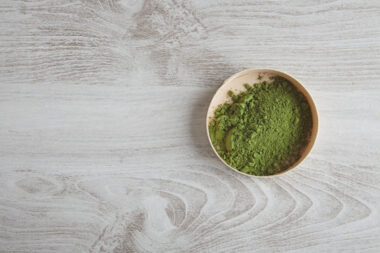

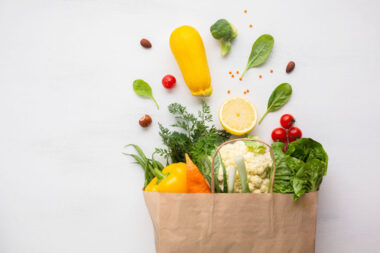





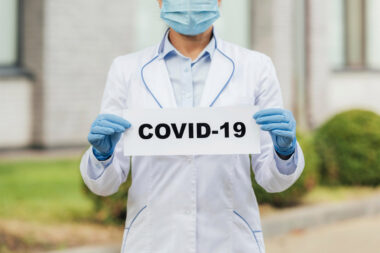






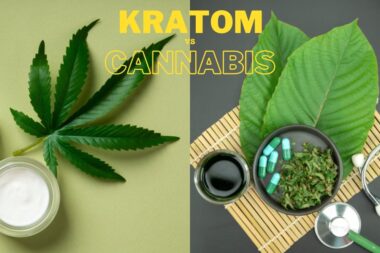







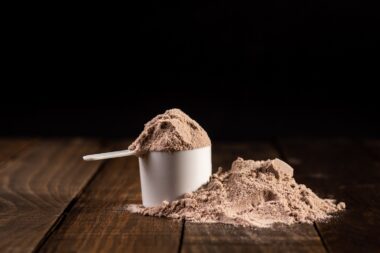
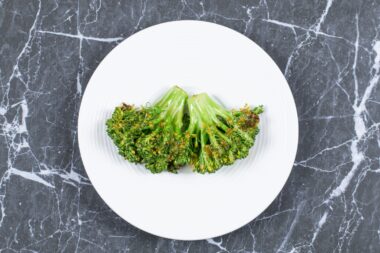




Leave a Reply